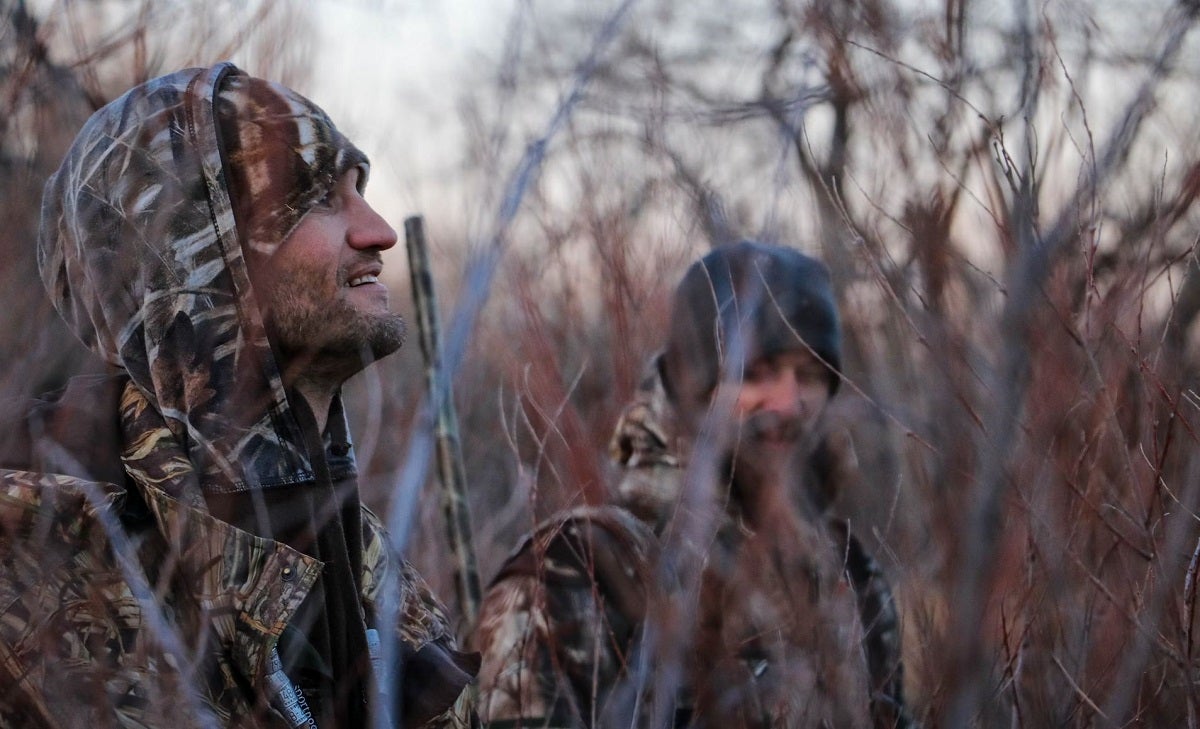Cullings – sanctioned killing of wild animals outside regular hunting seasons – are nothing new. Texas has repeatedly called upon landowners and hunters to kill invasive wild hogs, and other states have asked for help culling deer to prevent the spread of disease. These invitations are usually targeted, singular events. But the federal government is again calling upon hunters – this time in the Pacific Northwest – to eliminate approximately 500,000 Barred Owls over the next three decades. Owls aren’t typically the animal most probably envision when discussing invasive, destructive species. But in this case, the yearslong mass killing of Barred Owls is, in fact, necessary, according to U.S Fish and Wildlife, to save another species of owl.
Barred owls are native to the East Coast, but over the past seventy years, they’ve migrated across the country, eventually making their way to Pacific shores. The Barred owl is an adept predator, relentless pursuing any prey animal its size or smaller, including other birds and owls. In recent years, the Spotted owl, a comparatively smaller and more delicate species than the Barred owl, has been preyed upon by its larger and now geographically endemic cousin. The Spotted owl is now categorized as threatened on the Endangered Species List – largely a result of predation by the Barred owl.
The federal government’s draft plan to reduce the Barred owl population focuses on Washington and Oregon, where the Spotted owl primarily breeds and lives. Unlike the Barred owl, which requires small territories in younger forests, the Spotted owl needs a large area for nesting and hunting and resides in old hardwood forest that are at least a century old. Since the Barred owl established habitats in the Pacific Northwest, the Spotted owl’s population has come under attack, with 35% to more than 80% reductions in the last twenty years. “Everywhere the spotted owl can live and thrive, barred owls can thrive and do even better,” according to Katherine Fitzgerald, who leads the proposed Barred owl management program for the U.S. Fish and Wildlife Service, based in Oregon. “They are still invading, and they are not done.”
But the culling of the Spotted owl’s adversary only comes after years of attempting to rehabilitate the species through other means. In 1994, four years after the Spotted owl was listed as a threatened species, a federal reservation meant to preserve the species, called the Northwest Forest Plan, was proposed: Twenty-four million acres of old-growth forest were to be set aside, with the range, approved for use by a federal use, spanning from Washington to California.
It was in this stretch of old woods, where the Spotted owl could hunt and thrive, that scientists hoped the species would rebound. But because of wildfires and logging contributing to deforestation of neighboring forest, and because of the growth of the Barred owl population in the region, the Northwest Forest Plan was deemed in sufficient for facilitating the species’ survival. Although it isn’t only predation at claws of the Barred owl contributing to the collapse of the Spotted owl’s population, the U.S. Fish and Wildlife Service says the proposed culling of the former species is the most immediate and effective way to stymie the decline of the latter.
According to the service, “[We’ve] identified competition from non-native and invasive barred owls as one of two main threats to the northern spotted owl’s continued survival (habitat loss is the other). Barred owls are larger, more aggressive, and more adaptable than northern spotted owls.” “They displace spotted owls, disrupt their nesting, and compete with them for food. Researchers also have seen a few instances of barred owls interbreeding with or killing spotted owls. Because the spotted owl is already struggling due to its reduced habitat, the effect of the barred owl’s presence is an added stressor. An already vulnerable population has a much more difficult time withstanding dramatic changes in the ecosystem such as the encroachment of a competitor.”
But because the Barred owl is now so pervasive, some experts think the killing program is an ineffectual proposal that ignores the other factors contributing to the species’ demise. “Once you start, you can never stop,” said Eric Forsman, an owl expert who worked with the U.S. Forest Service to map the conservation territory for the Northwest Forest Plan.

Data, however, says a kill program may be the only solution to saving the species. Agency research indicated that killing Barred owls in Oregon, Washington and northern California brought stabilization to Spotted owl populations. Still, the kill program remains a contentious proposal, particularly among conservationists. “Are we going to do more harm than good? Do we really want a bunch of people in the woods shooting at what are otherwise protected birds?” said Bob Sallinger, executive director of Bird Conservation Oregon.
“I nearly always opposed these sorts of programs,” Sallinger said. But he remains open to the potential positive outcomes of the program. “I do put the highest priority on preventing extinction, and there is science that shows us this is probably necessary,” Sallinger said. “But this is really a no-win, awful situation we created for ourselves. It is appalling we have to consider these kinds of measures, and incredibly sad.” At publication, the Barrel Owl Management Strategy remains a draft proposal undergoing a 60-day public comment period, which is set to close January 16, 2024. If the program is implemented, the U.S Fish and Wildlife Service will enlist hunters and landowners to execute the kill program. If – or when – this happens, those interested in contributing to the population management will find registration information here, at the U.S. Fish & Wildlife Service’s program page.
The post The Federal Government Wants Hunters to Kill 500,000 Barred Owls appeared first on AllOutdoor.com.
